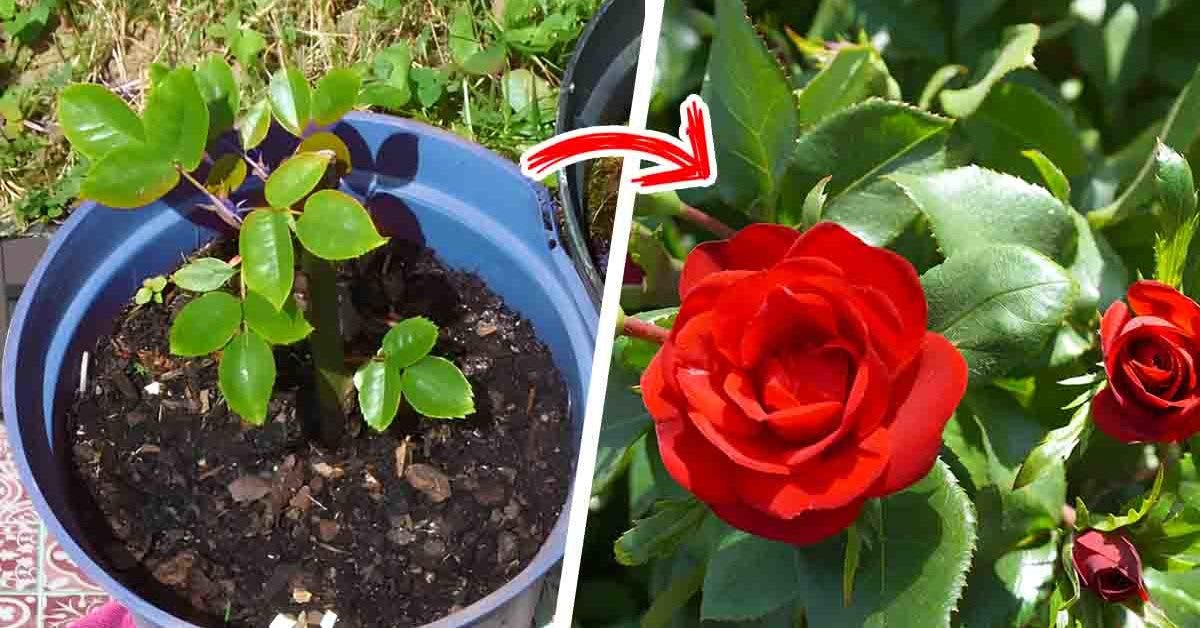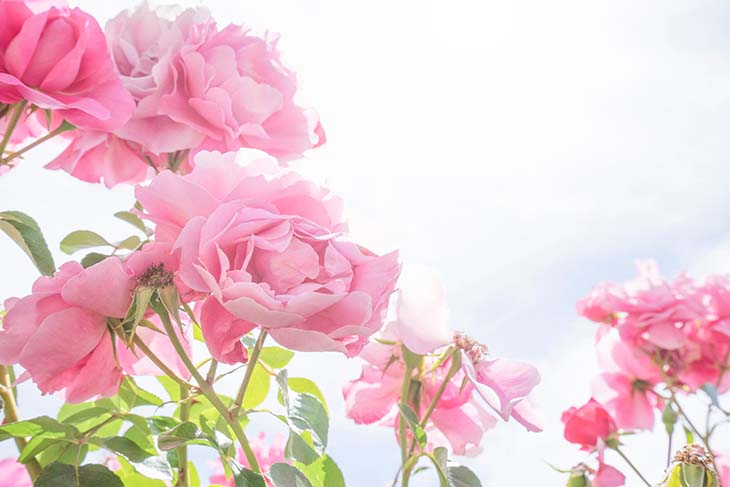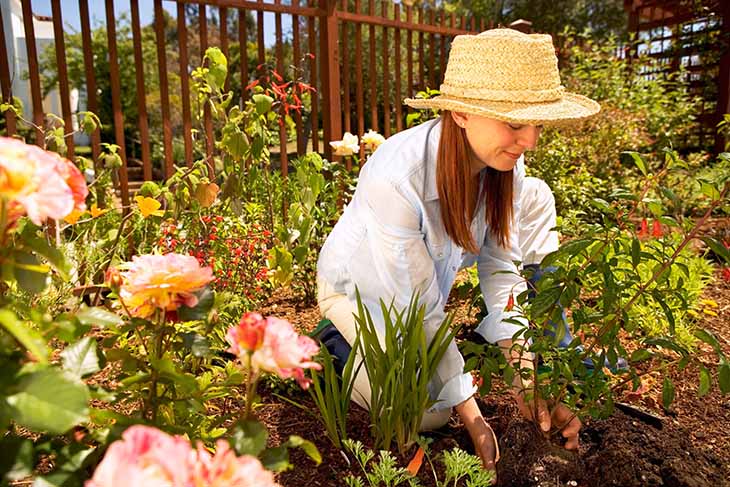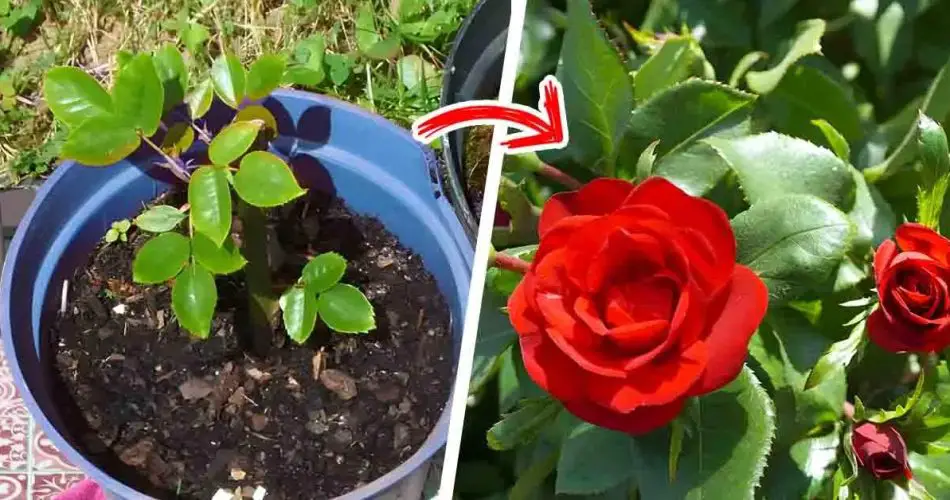Gardening is more than just a hobby—it’s often considered a form of therapy. The act of nurturing plants can be a natural stress-reliever and provide a great sense of personal satisfaction. What could be more rewarding than having a garden adorned with lush, colorful flowers? However, it can be incredibly frustrating when your rose bushes refuse to bloom. After all, the rose is often seen as the queen of the garden. So, what’s going wrong when your roses aren’t flourishing?

While the climate may be one factor, there are many other reasons your rose bushes might not be blooming. Improper care, pests, and environmental factors can all play a role. Fortunately, with the right actions, your roses can return to their majestic bloom in no time. Let’s explore the common mistakes that could be preventing your roses from flourishing and how you can fix them.
3 Common Mistakes That Prevent Roses from Blooming

1. Planting Too Deeply
One of the most common mistakes gardeners make is planting roses too deeply. Planting roses 5-10 cm too deep can stunt the growth of the plant and hinder its ability to bloom. The root system may become stressed, and this will slow down the flower’s development. For best results, plant the rose at the appropriate depth, making sure the root ball is level with the soil surface.
2. Over-Fertilizing
While fertilizing is essential for healthy roses, too many nutrients can be detrimental. Over-fertilizing can damage the root system and prevent the plant from flourishing. In fact, it’s often better to under-fertilize than to overdo it. If you apply too much fertilizer, the roots may become stressed, leading to poor flower production. Use a balanced, rose-specific fertilizer and follow the recommended dosage on the packaging to avoid overfeeding your plants.
3. Neglecting to Prune Dead Shoots
Another mistake is failing to prune faded or dead shoots. If you leave dead blooms on the plant, the rose may stop developing new buds and growth. Proper pruning encourages the plant to focus its energy on producing new blooms, not on maintaining old, faded flowers. Regular pruning is essential to promote healthy, continuous flowering.
How to Care for Roses: Essential Tips for Healthy Blooms

1. Soil Quality
The soil is the foundation for healthy rose growth. A rose needs rich, well-drained soil to thrive. To ensure your roses get the nutrients they need, consider replacing the soil every year or at least every two years. New soil contains essential nutrients that help the plant grow stronger and bloom more abundantly. Consult your local nursery or florist for advice on the best soil types for your region and rose variety.
2. Pruning for Better Growth
If you grow roses as houseplants, they should be pruned after their flowering period ends. Cut back the branches to about 5 cm from the ground, and then plant them in the garden. This will give your roses a fresh start and encourage a second bloom in a few months. Remember, pruning is crucial for healthy, long-lasting blooms.
3. Watering: Keep the Soil Moist

Roses love water, but overwatering can cause their roots to rot. Water your roses once a week, but always check the soil first. If the soil feels dry (not sticky to the touch), it’s time to water. Make sure that the water drains well from the pot or soil to avoid stagnant water around the roots. You can also add a drainage layer to improve water flow.
4. The Right Amount of Light
Roses need plenty of sunlight to thrive. Place them in an area with direct sunlight for at least 6 hours a day. If your roses are in pots, you can move them to a sunny spot or balcony to ensure they get enough light. Be cautious if the plant is near a radiator or in extreme heat, as this can require more frequent watering. On the flip side, if your roses aren’t getting enough light, they may fail to bloom altogether.
5. Remove Faded Flowers
To keep your rose bush healthy and encourage new blooms, remove faded flowers. This will prevent the development of berries, which can take up nutrients and energy that would otherwise go into flowering. By deadheading the spent blooms, your rose will be able to direct all its energy into new growth and flowers.
6. Fertilize Regularly
For ongoing blooms, fertilize your roses once a month with a rose-specific fertilizer. Ask your local nursery for recommendations on the best fertilizers for your roses. Always follow the instructions carefully and ensure that the plant receives the right nutrients. Proper fertilization helps your roses grow stronger and more resilient to pests and diseases.
In Conclusion: Growing Beautiful, Blooming Roses
If your roses aren’t blooming, it’s likely due to one of the common mistakes mentioned above. By adjusting your care routine, your roses will thrive and reward you with beautiful, fragrant blooms. Remember to plant at the correct depth, fertilize carefully, prune regularly, and give your roses the right amount of light and water. With patience and the right care, your rose bushes will soon regain their majestic beauty, transforming your garden into a floral wonderland.
How do your roses bloom? Share your tips and experiences for growing beautiful, healthy roses! 🌹



